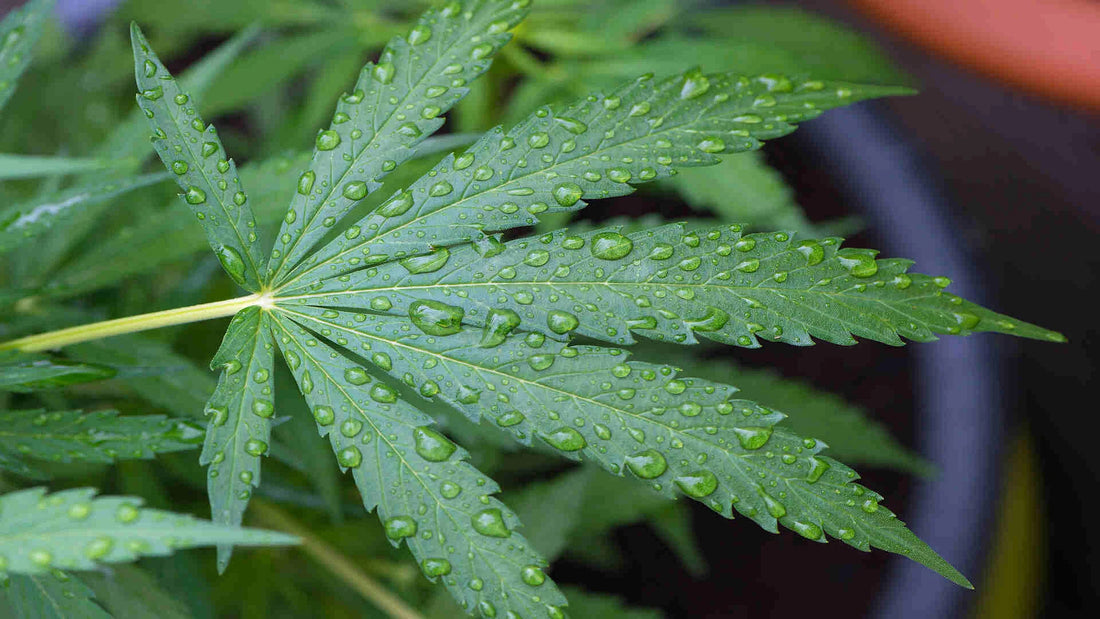
Optimize Your Garden With Irrigation
Share
One of the biggest challenges home gardeners face is improper watering, which can deprive plants of oxygen and lead to wilting, whether from overwatering or underwatering. In this article, we will explore how to avoid this common mistake by installing an irrigation system. We will cover the effects of overwatering and underwatering, ideal moisture levels, and how to achieve them using various tools and irrigation systems.
When plants are overwatered or underwatered, they can suffer from oxygen deprivation, but the mechanisms and symptoms differ between the two conditions.
Overwatering
When plants are overwatered, the soil becomes waterlogged. The spaces in the soil that would normally be filled with air are instead filled with water. Roots need oxygen to perform cellular respiration, but in waterlogged soil, the lack of air pockets means roots cannot get enough oxygen, leading to a condition called hypoxia (oxygen deficiency).
Symptoms Of Overwatering:
- Wilting: Despite the abundance of water, plants can appear wilted because the roots are unable to function properly and transport water to the rest of the plant.
- Yellowing Leaves: Leaves may turn yellow, especially the lower ones, due to nutrient deficiencies as roots are unable to absorb nutrients effectively.
- Root Rot: Prolonged overwatering can lead to root rot, a condition where roots start to decay due to lack of oxygen and the growth of harmful fungi.
Underwatering
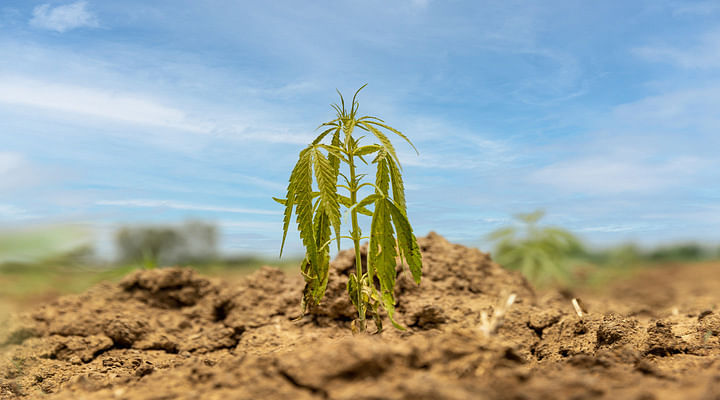
When plants are underwatered, the soil lacks sufficient moisture. This means the roots cannot absorb enough water to meet the plant's needs. Without adequate water, the plant cannot maintain turgor pressure (the pressure of the cell contents against the cell wall), which is crucial for maintaining the plant's structure and facilitating nutrient transport.
Symptoms Of Underwatering:
- Wilting: The plant wilts because it cannot maintain turgor pressure. This is often one of the first signs of underwatering.
- Dry, Brittle Leaves: Leaves can become dry, crispy, and may curl or drop off.
- Slowed Growth: Growth can be stunted as the plant conserves energy and resources in response to the lack of water.
Oxygen Deprivation In Both Scenarios
In the case of overwatering, oxygen deprivation occurs directly in the root zone due to waterlogged conditions. In underwatering, oxygen deprivation happens indirectly because the plant's metabolic processes slow down due to lack of water, and the roots may suffer from desiccation (drying out), impairing their function.
Both overwatering and underwatering stress the plant, making it more susceptible to diseases and reducing overall health and productivity. Maintaining proper watering practices is essential for ensuring the optimal health and growth of plants.
Ideal Moisture Level
The ideal moisture level for plants is approximately 50% water and 50% oxygen in the pore spaces between soil particles. This balance is known as field capacity. To check for this, squeeze a handful of soil; it should feel moist but not dripping. When you squeeze it, one drop of water should drip out.
To achieve this perfect balance, you can use a simple moisture meter. Set the meter to the moisture level you feel with your hands. Alternatively, you can use a tensiometer, which measures soil moisture tension.
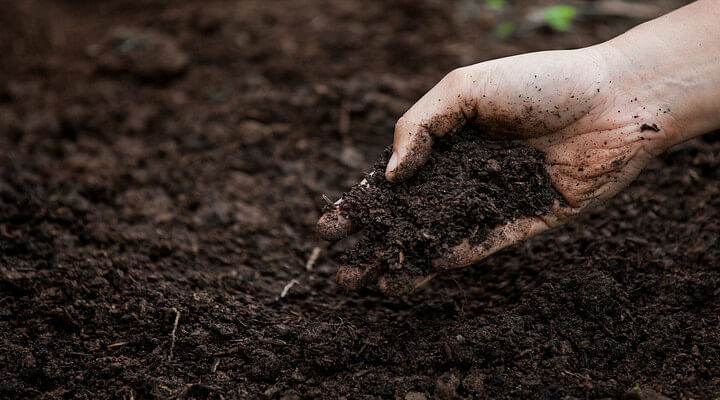
The ideal soil water pressure, often measured using a tensiometer, varies depending on the type of plant and soil, but generally falls within a range that ensures adequate moisture without causing waterlogging or drought stress.
For most garden plants the ideal pressure is typically between 10 and 30 centibars (cbar) or kilopascals (kPa). This range indicates that the soil has enough moisture to meet the plants' needs without being overly saturated. The lower the number the more moisture there is in the soil. You can achieve this through hand watering, or you save yourself time and set up an irrigation system.
Irrigation Systems
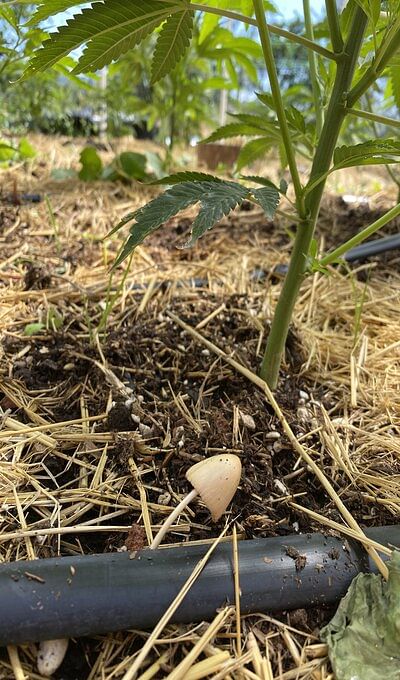
Irrigation systems can optimize plant growth by ensuring consistent and efficient water delivery directly to the root zone. By automating and precisely controlling the watering process, these systems help maintain ideal soil moisture levels, reduce water waste, and minimize the risk of overwatering or underwatering. Implementing the right irrigation system can significantly improve plant health, increase yields, and save time and effort for gardeners and farmers alike. Whether for large-scale agricultural operations or small home gardens, irrigation systems are essential tools for achieving optimal growing conditions.
Drip Tape
Drip tape is an excellent irrigation system for outdoor grows, when plants are arranged in straight lines, either in raised beds or directly in the ground. This system uses thin-walled tubing with regularly spaced emitters that deliver water directly to the root zone. Drip tape ensures efficient water use, minimizing evaporation and runoff. It's particularly well-suited for row crops and gardens with uniform plant spacing, as it provides consistent moisture levels across the entire length of the tape. Additionally, drip tape is relatively easy to install and maintain, making it a popular choice for both commercial and home gardeners.
Soaker Hose
Soaker hoses are ideal for gardens where plants are spaced far apart, planted in irregular patterns, or grown on hillsides. These hoses are made of porous material that allows water to seep out slowly along their entire length. By wrapping the soaker hose around the base of each plant, gardeners can ensure that water reaches the root zone efficiently without excessive runoff or evaporation. Soaker hoses are flexible and can be easily adjusted to fit various planting configurations, including individual pots or uneven terrain. This versatility makes them a great option for diverse gardening setups.
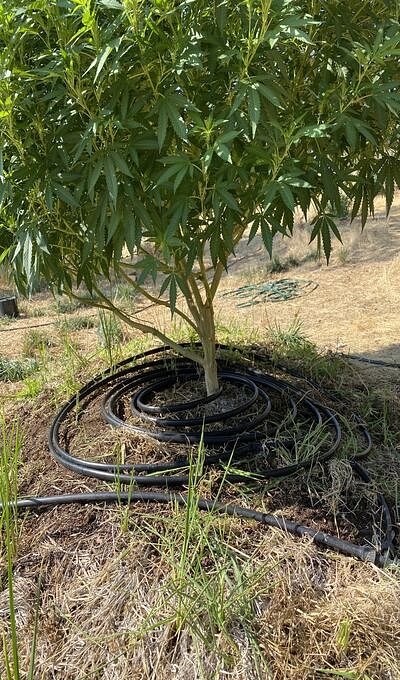
Blumat Systems
Blumat systems are highly effective for indoor raised beds and container gardening. When combined with Grassroots Living Soil Fabric Containers, you can optimize your soil food web and plant health. These systems use a combination of drip emitters and tensiometers to provide precise moisture levels. The tensiometers measure soil moisture tension and automatically adjust the water flow to maintain optimal moisture levels. This ensures that plants receive consistent hydration without the risk of overwatering or underwatering. Blumat systems are particularly beneficial for indoor growing environments where maintaining consistent humidity and moisture is crucial for plant health. They are also ideal for container gardens, as they can be easily customized to meet the specific needs of each plant.
Watering Plants In The Ground Versus Containers
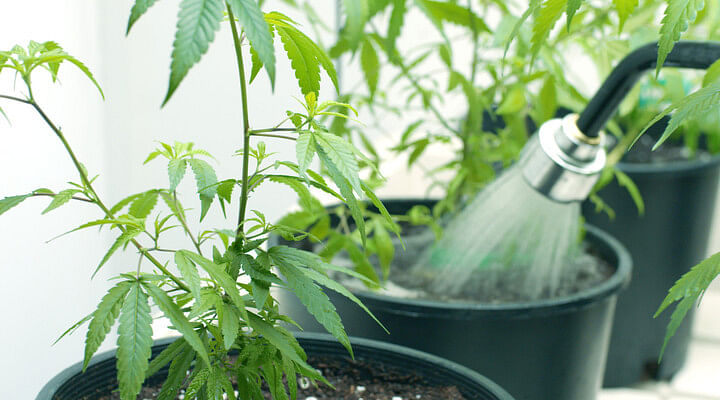
As mentioned above, certain irrigation set ups are optimized for gardens that are in the ground versus a container. This varies depending on what type of container you are using and whether you are indoors or outdoors. To learn more about the differences of planting in the ground vs containers read our full article on the topic here.
Essentially when you are planting in the ground overwatering and underwatering are much more difficult to do. This is because your plant’s roots can extend far and wide, reaching water that is stored within the pore space of the native soil. These soil types also hold onto water much longer than engineered potting mix that is often used in container gardening.
The type of container you use also influences your watering practices and irrigation set up. The shape of your container determines the type of irrigation, and the material will influence how quickly it dries out. If you use a fabric pot, you will notice a much faster dry back than a solid container such as wood or plastic. Grassroots Living Soil Fabric pots create a lined fabric container that leaves the bottom unlined to allow air pruning while maintaining moisture longer than an unlined fabric pot. These are great options for indoor and outdoor gardens where using native soil isn’t an option.
Outdoor Versus Indoor Watering Requirements
Remember when you are growing indoors versus outdoors your watering requirements are going to differ.
The indoor environment is much more stabilized and can be regulated. From relative humidity or moisture in the air to temperature, these environmental factors all influence the rate of evaporation and how often you will need to water your plants.
When growing outdoors, temperatures change rapidly from one week to the next and even overnight this will influence how frequently you need to water and can change day to day. Not to mention rainstorms and summer monsoons. Remember to turn off your irrigation system if inclement weather results in large quantities of rain, especially if you are in closed containers.
Remember planting in the ground will give you the most leniency with watering besides a wide range of other benefits.
DIY Irrigation Workshop
If you are interested in learning more about setting up your own irrigation system for your garden, consider attending this DIY Irrigation workshop. In this class we will cover various water sources, basic irrigation concepts, irrigation scheduling, tools to maintain optimal moisture levels, various types of irrigation setups and how to install them, as well as common problems and solutions.
With careful planning and the right watering system in place you can save your sefl hours of hand watering and give your plants the optimal amount of water they desire.

